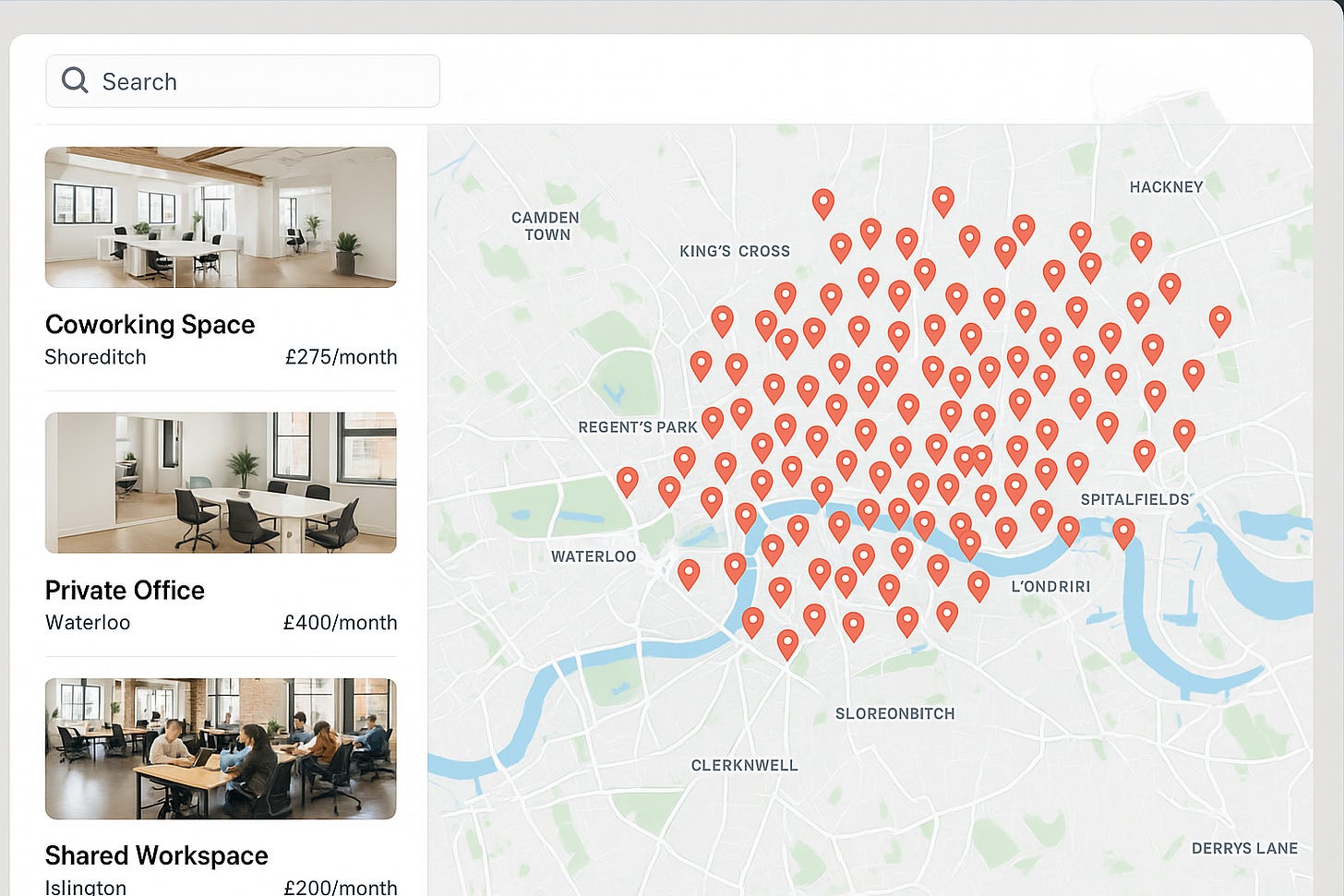In a Crowded Flex Market, Compete on Better, not More.
How to stand out in a crowded market through consistency and service
The flex industry is growing fast, and that’s the good news.
The hard truth: growth attracts competition, and competition raises the bar. When customers have dozens of options within a few kilometres, they notice everything—how quickly a door code arrives, whether the invoice is clear, whether a meeting room “just works.”
In this environment, it won’t b…




